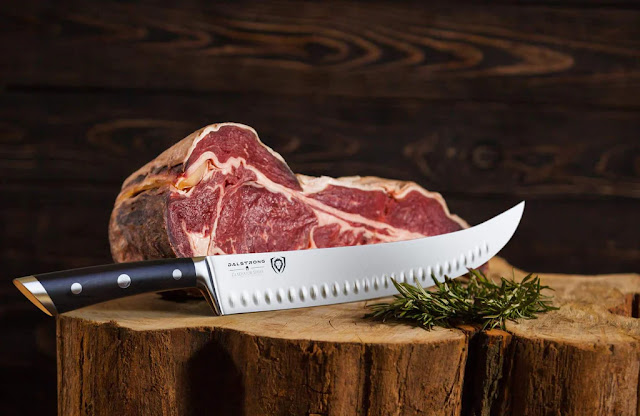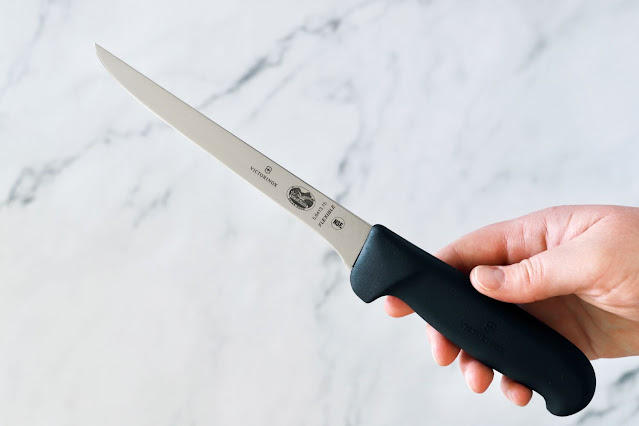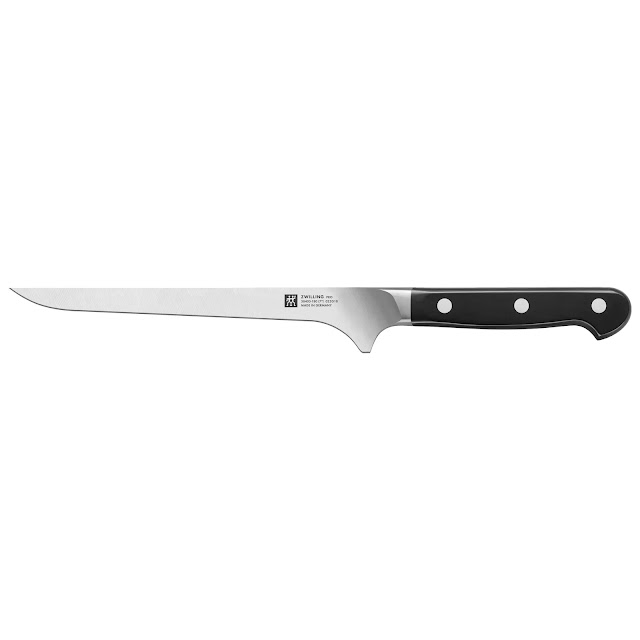Unveiling the Artistry: Exploring the Butcher Knife's Mastery
In the symphony of culinary craftsmanship, where precision and expertise dance hand in hand, the butcher knife emerges as a symphony conductor, orchestrating cuts with finesse and mastery. Often revered for its robust build and razor-sharp edge, the butcher knife holds a sacred place in the arsenal of every culinary professional. Join us as we peel back the layers of this iconic blade, uncovering its unique characteristics, diverse applications, and the artistry it brings to the culinary world.
The Anatomy of a Butcher Knife:
The butcher knife stands tall with a broad, heavy blade that commands respect and admiration. Its key features include:
Heavy Blade: Designed for power and precision, the butcher knife's hefty blade effortlessly slices through cuts of meat and dense vegetables with ease.
Broad Edge: The broad edge provides ample surface area for stable, controlled cuts, making it ideal for tasks that require strength and leverage.
Sturdy Handle: Crafted for comfort and durability, the butcher knife's handle offers a secure grip, allowing chefs to wield the blade with confidence and control.
Versatility in the Kitchen:
While its name may imply a singular purpose, the butcher knife's versatility extends far beyond the butcher's block. Here's how this formidable blade can elevate your culinary creations:
Breaking Down Meat: From quartering large cuts of beef to trimming poultry and lamb, the butcher knife excels at breaking down meat into manageable portions with precision and efficiency.
Dicing and Chopping: With its broad blade and sturdy construction, the butcher knife is well-suited for dicing vegetables, chopping herbs, and mincing garlic, allowing chefs to tackle a wide range of kitchen tasks with ease.
Smashing and Crushing: The flat side of the blade can be used for tasks such as smashing garlic cloves or crushing spices, adding depth of flavor and texture to dishes with a single stroke.
Selecting the Perfect Butcher Knife:
When choosing a butcher knife to add to your culinary arsenal, consider the following factors to ensure it meets your needs:
Blade Material: Opt for a butcher knife crafted from high-quality stainless steel or carbon steel for durability and edge retention.
Blade Length: Choose a blade length that suits your preferred cutting tasks and comfort level, balancing maneuverability with sufficient reach for larger cuts.
Handle Design: Look for a butcher knife with an ergonomic handle that fits comfortably in your hand, providing stability and control during use.
Caring for Your Butcher Knife:
To maintain the longevity and performance of your butcher knife, follow these essential care tips:
Hand Washing: Always hand wash your butcher knife with mild soap and warm water, avoiding harsh detergents and abrasive scrubbers that can damage the blade.
Drying and Storage: Thoroughly dry your knife after washing to prevent rust and corrosion, and store it in a knife block or sheath to protect the blade and ensure safety.
Sharpening and Honing: Regularly sharpen and hone your butcher knife to maintain its razor-sharp edge, ensuring effortless cutting and precision performance.
Conclusion:
In the realm of culinary artistry, where every slice and chop is a brushstroke on the canvas of flavor, the butcher knife stands as a symbol of precision and mastery. With its robust build, razor-sharp edge, and versatile applications, this iconic blade empowers chefs to unleash their creativity and elevate their culinary creations to new heights. So, embrace the artistry of the butcher knife and embark on a culinary journey where every cut is a masterpiece in the making.

.jpg)


Comments
Post a Comment